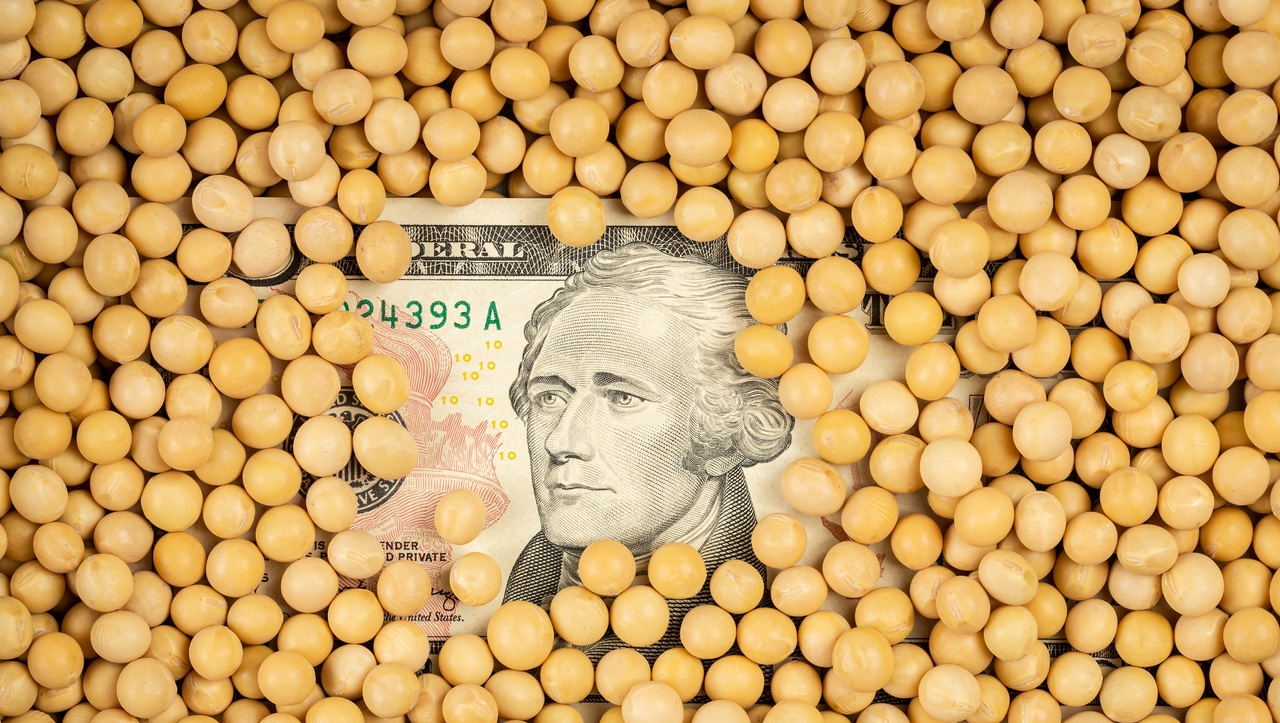
Tips for feeding storm-damaged soybean grain to cattle
The storm damage from Hurricane Helene to soybeans has caused reports of $6 per bushel discounts due to sprouting and off-color damage. We have received a few questions about feeding these soybeans to livestock. For now, we will have to generalize the nutritional value and risks based on information from past experiences in other regions of the country, but we have submitted soybeans for feed testing.
Complete feed analysis
If you plan to feed whole damaged soybeans to your livestock a complete feed analysis is needed that includes a fat content analysis, mold, and mycotoxin test. While expensive, a full mycotoxin panel should be run because soybeans can contain many toxins including ZEN, FUM, DON, and Aflatoxins.
Damaged and discolored soybeans make a good protein source for cows and can be used in heifer development rations along with growing and finishing diets. Ruminants can be fed raw or roasted soybeans however, raw soybeans contain a trypsin-inhibiting enzyme that is important to protein digestion in non-ruminates. Nursing calves under 300 pounds should not be fed raw soybeans. Roasting soybeans kills some molds, inactivates trypsin, and increases protein absorption while creating a rumen-undegraded protein that is absorbed in the intestine of cattle.
Feeding raw soybeans to growing cattle may result in decreased gains compared to distillers grains when used in a forage-based diet. Roasting soybeans can improve performance compared to feeding raw soybeans. Urea should not be used in rations in which raw soybeans are being used. Raw soybeans contain urease that can rapidly turn urea into ammonia and cause ammonia toxicity.
Questions about this Article?:

Copyright © 2021-2025. All rights reserved
This website stores cookies on your computer. These cookies are used to collect information about how you interact with our website and allow us to remember you. We use this information in order to improve and customize your browsing experience and for analytics and metrics about our visitors on this website. To find out more about the cookies we use, see ourPrivacy Policy.